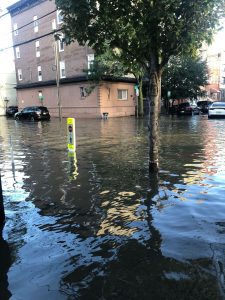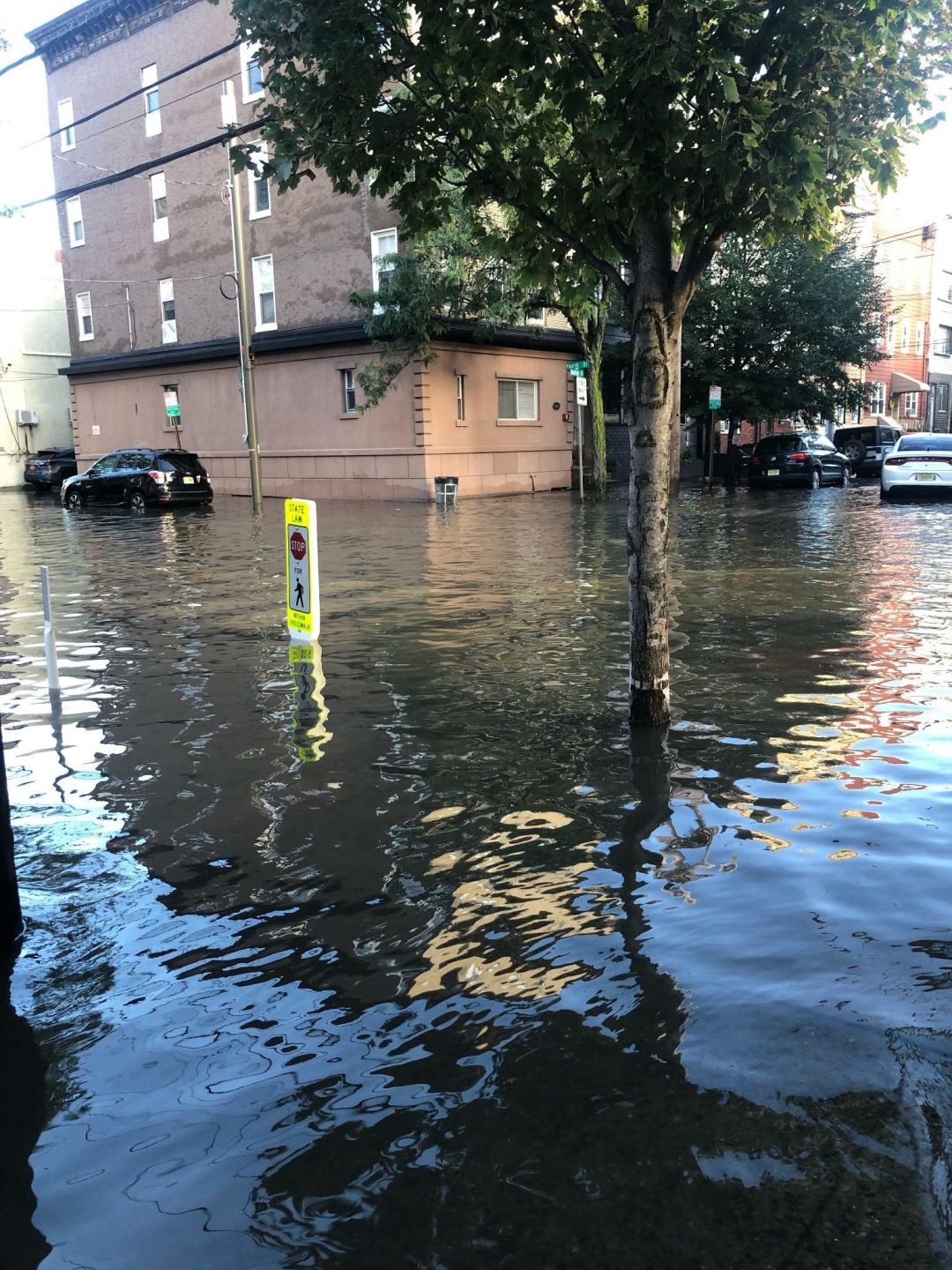
The flooding from Hurricane Ida emphasized the urgent need for major investments in New Jersey’s wastewater infrastructure. Streets were flooded, and sewer backups were pervasive in communities with combined sewer systems. Indeed, the 100-year storm has proven to be a once-in-a-decade affair. The impacts from the storm raise two important questions:
- How do we capitalize on the increasing attention devoted to the infrastructure funding and repairs we need to make our communities climate-resilient?
- How do we provide immediate assistance to residents and businesses suffering from property damage?
Federal assistance is needed to not only address the immediate damage caused by the storm, but to support larger infrastructure projects that will prevent future calamities as well. Hudson, Essex, Mercer, and Union counties are now eligible to apply for disaster relief assistance along with Bergen, Gloucester, Hunterdon, Middlesex, Passaic, and Somerset counties. Governor Murphy is urging everyone who experienced damage from Hurricane Ida to log their damages in order to receive assistance “as quickly as possible.”
Funding from the American Rescue Plan Act (ARPA) has already reached New Jersey. These funds are intended to provide relief to individuals and businesses affected by COVID-19 and can also be used for “necessary investments in water, sewer, or broadband infrastructure.” Additional substantial federal funding for wastewater upgrades could be coming to New Jersey from the pending federal infrastructure bill. In an interview with National Public Radio, Jersey City Mayor Steven Fulop committed the majority of the prospective dollars from the federal infrastructure bill to “flood mitigation because you can’t be dealing with flooding issues every single year.” According to the White House, the pending federal infrastructure bill is the “largest investment in clean drinking water and wastewater infrastructure in American history, delivering clean water to millions of families.” The bill would provide $55 billion to upgrade water infrastructure to replace lead service lines and pipes, and another $50 billion would go toward making our water systems more resilient.
Federal funding for infrastructure seems to be lining up with the finalization of combined sewer overflow Long Term Control Plans, so the next few months will be crucial for determining how these funds are used. Hurricane Ida definitely showed that upgrading our combined sewer systems should be at the top of our lists.

